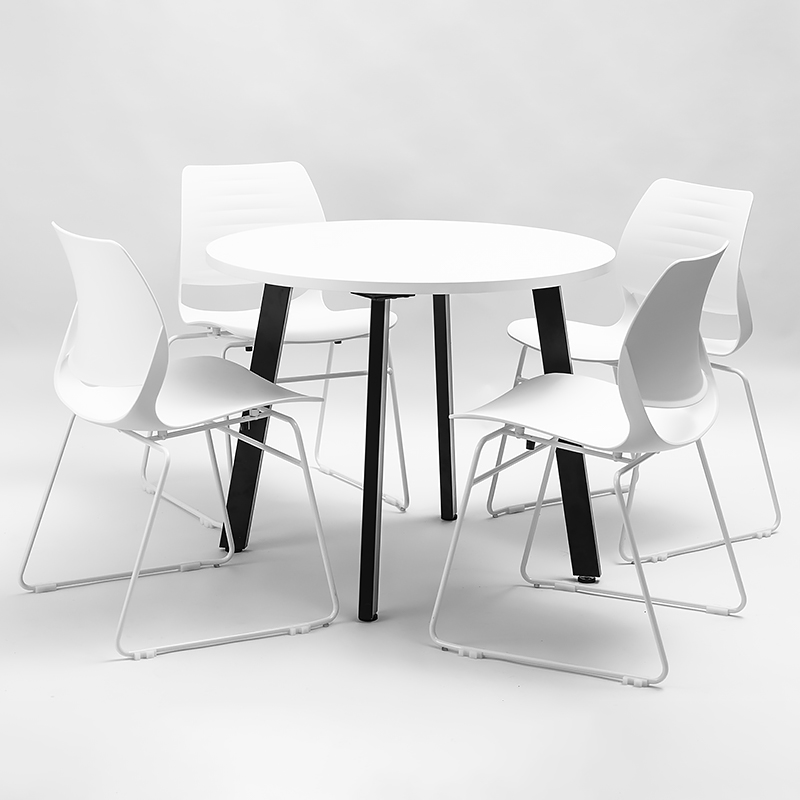A contemptuous decision such as, what would be the most fitting chair for someone such as myself? This is a question that not many people bother to consider. Behind every purchase is a decision, no matter the wealth or situation, the ergonomic design of the modern-day office chair has been crucial to an advanced society, without ever being regarded. So, in fact, what should one disclose when buying a new office chair? Many variables may be considered, but most predominantly; is it just a chair? Or a decision that could change your working life?
The first ever modern-day chair was categorized as the ‘centripetal spring chair’, manufactured by American-born Thomas E. Warren in 1851 since then contributed to revolutionary designs such as the Aeron chair nearly 150 years later, reminiscent of the modern-day office chair. Throughout the mid-20th to 21st century, chair design has upgraded and changed, which has sparked decision-making among consumers, finally debating the question; What should I consider when buying an office chair?
Whether you work from home amidst a spontaneous pandemic or work nine to five in corporate office, your chair should hold the basic ergonomic foundations; consider values such as preventing health issues, and work strain, and fundamentally having an increased level of comfort throughout daily life. Office chairs you choose to buy should accommodate characteristics to minimise the loss of productivity. Some incorporations on your office chair include quality seat foam, back tilt, seat tilt, back height, and overall chair height are highly recommended.
The ergonomic characteristics of the modern-day chair were first regarded in 1850 as a small group of engineers began to investigate how chairs could improve health and relaxation by stressing posture and movement. Two years before this, Mr. Warren had invented the first modern framework of an office chair, produced by the American Chair Company to be put on display at the 1851 Great Exhibition in London. Since then, added features incorporated by Thomas E. Warren are still prevalent on modern office chairs, which should be one of the key components of the decision of your office chair. Ergonomic features such as a chair with seat slides, a lumbar pump, or adjustable lumbar support may be a factor for your purchase. Specialised features such as gel seat office chairs are also ideal for people who require a reduced level of pressure on the coccyx and pelvis. An ergonomic chair with a headrest may suit those looking to reduce strain on the neck and upper back.
One largely overlooked issue of office chair purchasing is the chair size and whether or not a dual-density seat is implemented into the design. When purchasing an office chair, companies take into consideration that consumers come in different shapes and sizes, for example; employees who weigh more than 100 kilograms may require chairs with a larger seat and more support to prevent health complications such as strain. Another consideration is if your office chair should have a dual-density seat, indicating that a firmer foam is located in the front half of the seat and softer foam in the back half. This is necessary as firmer foam at the front discourages the pelvis from sliding forward into the slouching “C” curve of poor posture.
All humans are unique and individual, hence your office chair must be suited to you as a person and hold the necessary attributes needed for your everyday life. These considerations are simply a guideline to what you as a customer requires in your office chair, whether it be a chair with an expressive bright pink design or a rigid foam chair to support you throughout long office days. When contemplating the choice of your office chair, think beyond the stock standard basics and spend meaningful time to find the perfect office chair for you.










